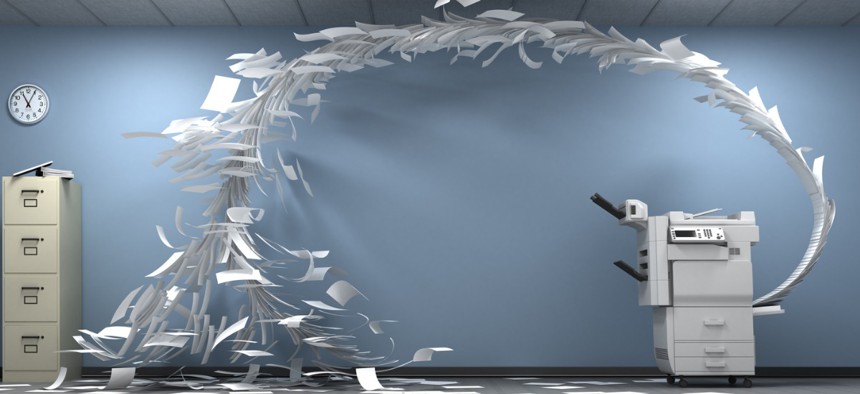Pilot IRS Will Shift Focus to Key Technologies in 2021 Solicitations

suprun/iStock.com
Forthcoming solicitations will center on digitizing paper and poor-quality documents, high-speed scanning and automation tools.
The IRS is trying to reduce the amount of paper and non-machine-readable documentation it has to work with and, to meet this goal, is revamping its innovative contract vehicle used to develop new ideas and technology.
The tax collection agency has used the multimillion-dollar Pilot IRS program as a research and development arm—trying out innovative ideas with an iterative funding model that rewards success and weeds out ineffective solutions—most often focused on specific problems.
Most recently, shortly after the creation of the Enterprise Digitalization and Case Management Office to lead these efforts, the agency issued a call to assist with the Office of Management and Budget’s Frictionless Acquisition cross-agency priority, or CAP, goal.
However, as the program returns in its sixth iteration, officials plan to refocus the contract on three “technology verticals” that will be applied to specific problem areas.
The office released a new informational posting Friday outlining its strategy for 2021 and the three verticals:
- Extracting machine-readable data from low-resolution and poor-quality images—digital and paper/hard copy.
- Digital intake and high-speed scanning, including as-a-service approaches.
- Artificial intelligence, machine learning and robotic process automation solutions.
Each vertical will have its own solicitation issued at some point in 2021, according to the posting. Each solicitation will request pitches for at least one use case with the relevant technology at its core, though Pilot IRS officials want those solutions to focus on the business case. The informational posting offers two potential use cases for each area as a starting place.
While the verticals target specific technologies, the forthcoming solicitations “will focus on capabilities and outcomes, and not specific tools or approaches,” the posting states.
While the program has changed some since its inception in late 2018, speed is still a priority. The posting notes the office plans to maintain a similar timeline it used for the last five iterations of the program: moving from solicitation to contract award within 45 days.






